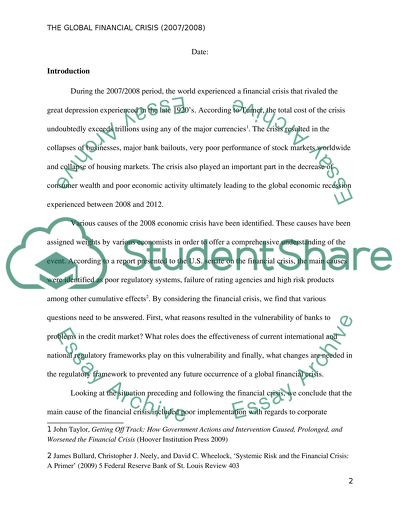Cite this document
(“International trade and finance law Essay Example | Topics and Well Written Essays - 2000 words”, n.d.)
Retrieved from https://studentshare.org/law/1490670-international-trade-and-finance-law
Retrieved from https://studentshare.org/law/1490670-international-trade-and-finance-law
(International Trade and Finance Law Essay Example | Topics and Well Written Essays - 2000 Words)
https://studentshare.org/law/1490670-international-trade-and-finance-law.
https://studentshare.org/law/1490670-international-trade-and-finance-law.
“International Trade and Finance Law Essay Example | Topics and Well Written Essays - 2000 Words”, n.d. https://studentshare.org/law/1490670-international-trade-and-finance-law.


